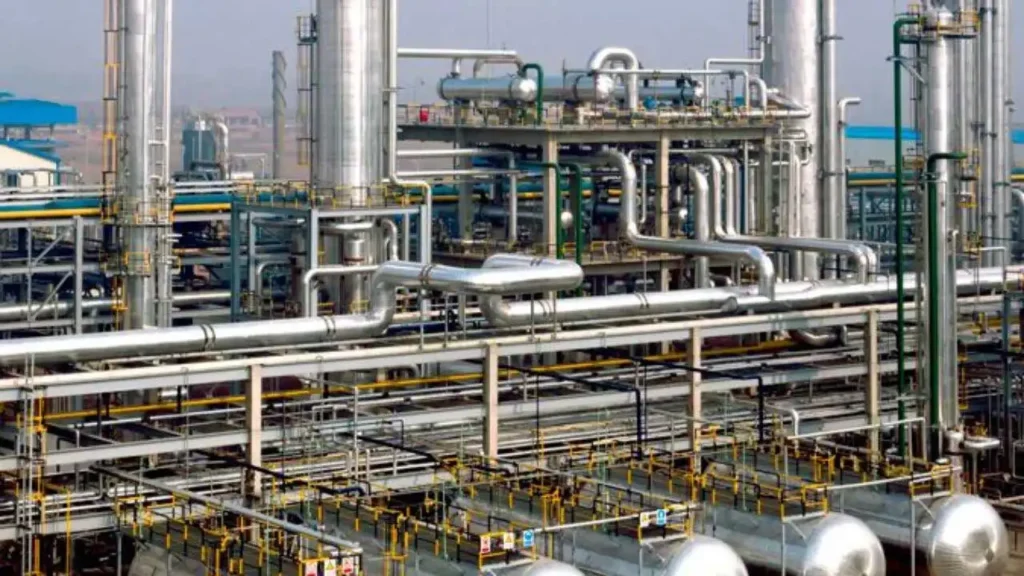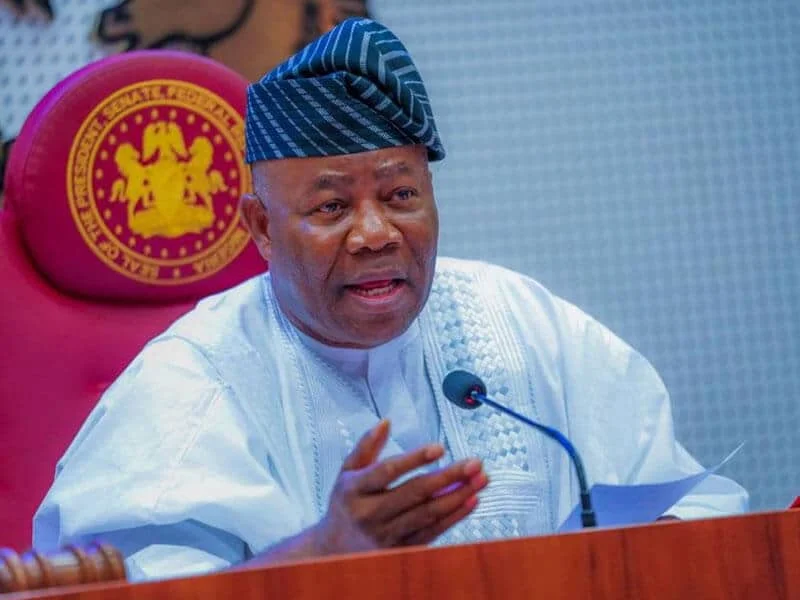Nigeria’s state-owned refineries continue to symbolize the inefficiency and dysfunction that plague government-run enterprises. Rather than becoming engines of growth, they remain dormant assets consuming billions of dollars in taxpayer funds without delivering results. This failure, repeatedly underscored over the past three decades, was again highlighted in late May 2025 when the Nigerian National Petroleum Company Limited (NNPC) shut down the Port Harcourt Refinery for yet another round of maintenance—just six months after it had supposedly resumed operations.
A $1.5 Billion Mirage at Port Harcourt
When the NNPC triumphantly declared the restart of the 60,000-barrel-per-day (bpd) refinery in Eleme, Rivers State, in November 2024, Nigerians greeted the announcement with muted optimism and widespread scepticism. Now, only half a year later, the same refinery has gone offline again, this time for “planned maintenance and sustainability assessment.” Many industry observers argue that this shutdown further validates suspicions that the reported restart was more cosmetic than operational.
Critically, industry standards suggest that turnaround maintenance (TAM) should occur 30 months post-resumption—not a mere six. This raises concerns over whether the refinery ever truly returned to full-scale refining, especially amid reports that it was merely blending naphtha into diesel and not producing petrol.
Billions Burned with Little to Show
Despite the fanfare, more than $1.5 billion has already been spent on Port Harcourt’s refurbishment. The Warri Refinery, with a 125,000 bpd capacity, experienced a similar fate. After a brief and unverified production return in December 2024, the plant quietly shut down again within a month. These repeated failures have rendered the billions poured into refinery rehabilitation akin to burning cash.
The federal government claims it allocated $1.55 billion to the PH Refinery, $740,669 to Kaduna, and $656,963 to Warri. The numbers are staggering, but even more alarming is the utter lack of sustainable results. Instead of producing fuel to reduce reliance on imports, these facilities remain mired in inefficiency and breakdowns.
A History of Missteps and Missed Opportunities
Nigeria’s refining sector has long suffered from botched TAMs, bureaucratic inertia, and wasteful spending. For 30 years, the country has depended on imported petrol while sitting on a combined state-owned refining capacity of 445,000 bpd—enough to meet local demand and export to the region. Yet, despite spending over $20 billion on rehabilitation efforts since the 1990s, these refineries have remained largely inactive.
Former President Olusegun Obasanjo briefly attempted to break this cycle by selling 51% of the PH Refineries to Bluestar Consortium for $561 million in 2007. Bluestar paid $300 million upfront, but the deal was reversed by President Umaru Yar’Adua shortly after taking office. That decision, in hindsight, proved devastating. The country lost an opportunity to offload inefficient assets to the private sector and attract new investment.
Lessons from Successful Privatisations
The stark contrast between state-run failure and private sector success is exemplified by the turnaround of the Eleme Petrochemicals Company Limited (EPCL). Before its sale in 2006, EPCL was an NNPC subsidiary drowning in debt and on the verge of collapse. After the Indorama Group acquired a 75% stake, the company underwent a $130 million revitalisation and resumed operations within four months. By the following year, it was profitable and paid shareholders N9.5 billion in dividends.
Similarly, the Nigeria LNG Limited (NLNG)—with NNPC holding 49% and foreign partners Shell, Total, and Eni owning the remainder—has thrived as a mixed ownership model. It pays regular dividends and is planning to expand production from 22 million metric tonnes per annum (MMTPA) to 30 MMTPA, demonstrating that public-private collaboration can yield powerful results.
The Dangote Benchmark: Private Sector Efficiency
While the government has wasted over $20 billion on failed refinery rehabilitations, Africa’s richest man, Aliko Dangote, built a 650,000 bpd refinery with a comparable investment. His refinery, the largest in Africa, positions Nigeria to become a regional refining hub. With the four public refineries in disarray, the Dangote plant has emerged as a de facto monopoly—a scenario that underscores the urgent need for competition and structural reform.
Privatisation: The Only Logical Path Forward
Given Nigeria’s track record of failed public refinery management, full privatisation stands out as the only rational path forward. This would end the decades-long cycle of throwing good money after bad and open the sector to market-driven innovation and accountability.
Privatisation can stimulate competition in the refining sector. Beyond Dangote, other players like BUA’s 200,000 bpd refinery (under construction) and the proposed 100,000 bpd Midoil Refinery could challenge the status quo and offer consumers better pricing and reliability.
To do this successfully, the government must create an enabling environment that attracts reputable investors and ensures transparent, competitive bidding. Only companies with proven capacity in refinery operations should qualify. Asset strippers and politically connected opportunists must be shut out.
International Models and Market Readiness
Privatising refineries is not a novel concept. In fact, global benchmarks overwhelmingly support it. The United States, for instance, operates 132 refineries—all privately owned. In 2023, American consumers used 376 million gallons of petrol daily, entirely refined by private enterprises.
Similarly, the United Kingdom and Canada rely on private refining. Singapore, which produces a mere 20,170 bpd of crude, refines over 1.5 million bpd, thanks to its private-sector driven refining economy. These examples show what’s possible when competent management, accountability, and capital efficiency converge.
Listing NNPC: A Step Toward Accountability
If the Federal Government is truly committed to transparency and sector reform, it must consider listing the NNPC on the Nigerian Stock Exchange. Comparable national oil companies like Saudi Aramco, Brazil’s Petrobras, and Malaysia’s Petronas are publicly traded entities that raise capital efficiently and maintain a level of transparency enforced by market oversight.
A December 2024 valuation placed NNPC’s worth at around $300 billion. Taking the company public could raise billions in capital, boost investor confidence, and shift the company from a political tool to a professionally managed energy giant.
Conclusion: A Turning Point Nigeria Must Not Miss
The evidence is overwhelming. Government ownership has failed the refinery sector, costing Nigeria billions and entrenching fuel insecurity. Now is the time to learn from past mistakes, embrace bold reform, and put these assets to productive use through complete privatisation.
President Bola Tinubu must seize this moment. With a deregulated downstream sector and new players entering the market, privatisation will enhance competition, reduce waste, and restore Nigeria’s position as an energy leader in West Africa. Anything less would be a tragic repeat of a history Nigeria can no longer afford.












